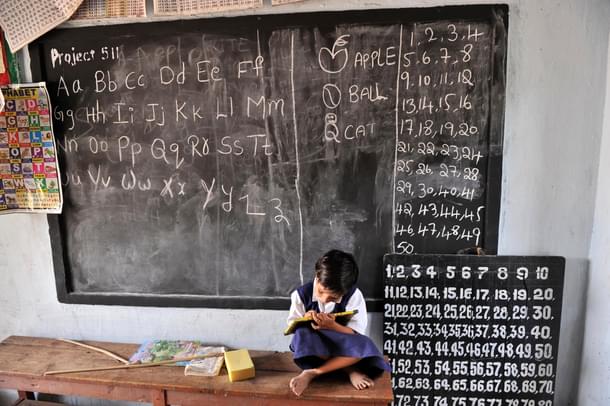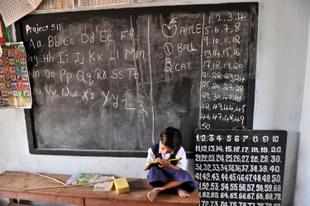Politics
New Education Policy Panel For Changes In Disastrous RTE Act
Poulasta Chakraborty
Jun 20, 2016, 05:21 PM | Updated 05:21 PM IST
Save & read from anywhere!
Bookmark stories for easy access on any device or the Swarajya app.


A government committee headed by former cabinet secretary TSR Subramanian has drafted India’s ‘New Education Policy’. The draft called for a number of significant changes and particularly to the Right to Education Act.
Since its enactment and implementation, the RTE has courted many controversies. Certain commentators accuse it of communalising India’s education system while others term it as an ‘elitist act.’
Many policy commentators have sought changes in the RTE act to make Indian education system more proficient. The following are the notable recommendations suggested by the Subramanian committee:
1. Do not make inflexible infra requirements chief criteria of recognition.
Inflexible infrastructure requirements have caused the closure of many small private schools. These schools in spite of providing good education are harassed by bureaucrats due to such provisions. The committee says ‘‘good facilities and infrastructure does not necessarily result in better quality of education.’. The committee emphasised that recognition of a school should depend on assessment of quality of education, not just physical infrastructure.
2. Dilute ‘No detention’ policy
The committee frowns on the “no-detention policy” that prevents schools from detaining students in a class till the age of 14. The committee claimed that this decision was reached after listening to several arguments for and against the policy.As per page 91 of the report: …. Students, who are promoted to a higher class without academic validation simply on the basis of the no-detention policy, do not have the required educational competence, knowledge and skill to understand the lessons being taught in the higher class.
3. Minority institutes should also admit 25 percent (EWS) students
Arguably, the most significant recommendation the committee gave was to review the
exceptions given to minority institutions from admitting 25 percent poor
students for free under the economically weaker sections (EWS) category.
This exemption is considered by many to be deplorable in a secular country. Also it is to be noted majority of elite schools in India are actually those run by Christian institutions. In page 89 the draft states minority institutes should ‘not use their ‘Constitutional’ privilege to manoeuvre out of national obligations established in overall public interest.’
Further Reading:
1) How Sonia’s UPA Communalised India’s Education System
2) The RSS Is Right In Asking For A New Definition For ‘Minority’ Institutions





